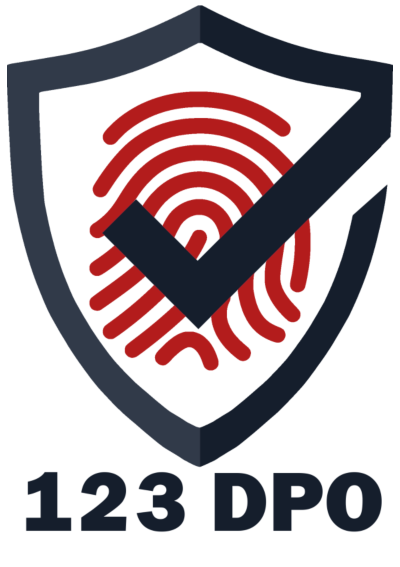Use a firewall to secure your internet connection
☐ Understand what a firewall is
☐ Understand the difference between a personal and a boundary firewall
☐ Locate the firewall which comes with your operating system and turn it on
☐ Find out if your router has a boundary firewall function. Turn it on if it does
Choose the most secure settings for your devices and software
☐ Know what ‘configuration’ means
☐ Find the Settings of your device and try to find a function that you don’t need. Turn it off.
☐ Find the Settings of a piece of software you regularly use
☐ In the settings, try to find a a function that you don’t need. Turn it off.
☐ Read the NCSC guidance on passwords
☐ Make sure you’re still happy with your passwords
☐ Read up about two-factor authentication
Control who has access to your data and services
☐ Read up on accounts and permissions
☐ Understand the concept of ‘least privilege’
☐ Know who has administrative privileges on your machine
☐ Know what counts as an administrative task
☐ Set up a minimal user account on one of your devices
Protect yourself from viruses and other malware
☐ Know what malware is and how it can get onto your devices
☐ Identify three ways to protect against malware
☐ Read up about anti-virus applications
☐ Install an anti-virus application on one of your devices and test for viruses
☐ Research secure places to buy apps, such as Google Play and Apple App Store
☐ Understand what a ‘sandbox’ is
Keep your devices and software up to date
☐ Know what ‘patching’ is
☐ Verify that the operating systems on all of your devices are set to ‘Automatic Update’
☐ Try to set a piece of software that you regularly use to ‘Automatic update’
☐ List all the software you have which is no longer supported
Source: https://www.cyberessentials.ncsc.gov.uk/advice/
